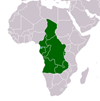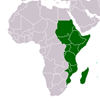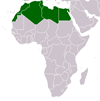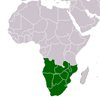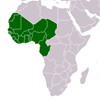Print media coverage of service delivery protests in South Africa: A content analysis
Print media coverage of service delivery protests in South Africa: A content analysis
In recent years South Africa has seen an increase in 'service delivery protests' - protests related to the inadequate provision of services - as a result of growing citizen frustration resulting from high levels of economic inequality. Unemployment, housing, water and sanitation, electricity, corruption and municipal administration, health and crime, have all been listed as reasons for the protests, often described a 'rebellion of the poor'. Given the frustration expressed by citizens using protest as a form of communication, the question arises whether the media covered these protests in a way to contribute to democratic participation, and how they were framed in relation to the young democracy in the country. Through a combination of quantitative content and qualitative framing analysis, this article explores mainstream print newspaper coverage of the protests, which we term 'community protests', to include the range of different types of protest and to signal that these protests are a bottom-up engagement by citizens to demand to be listened to. Mainstream mass media often subscribe to the protest paradigm, which includes delegitimisation and demonisation, highlighting the negative consequences of protests. Given the significance of the media as sources of collective knowledge and people's perceptions of reality, this article explores how a sample of mainstream South African newspapers portray the conflict parties, and what kind of interpretations and value judgments are offered to frame the conflict
CITATION: Wasserman, Herman. Print media coverage of service delivery protests in South Africa: A content analysis . Oxon : Taylor & Francis Group , 2018. African Studies, Vol. 77, No. 1, 2018, pp. 145-156 - Available at: https://library.au.int/print-media-coverage-service-delivery-protests-south-africa-content-analysis

